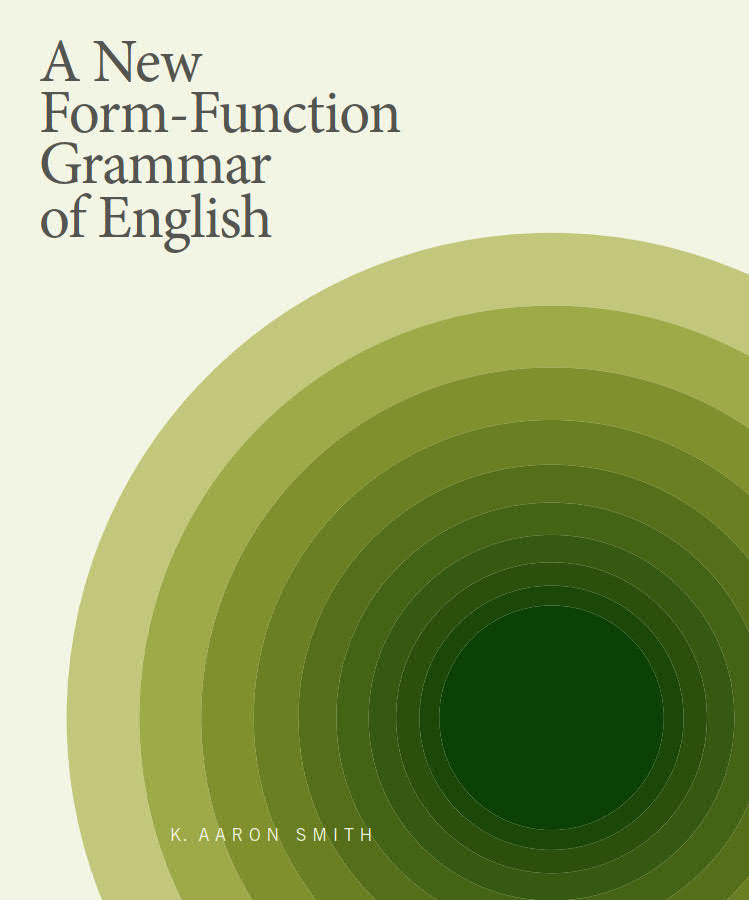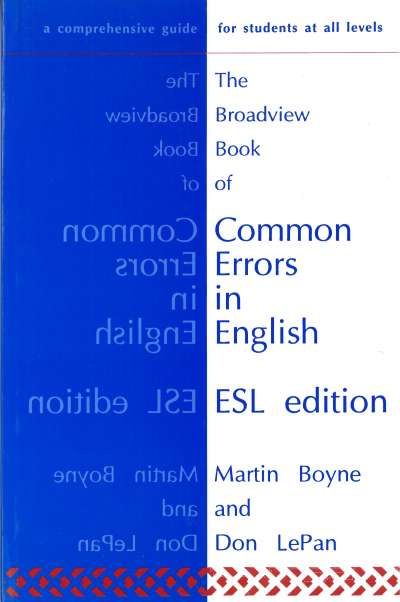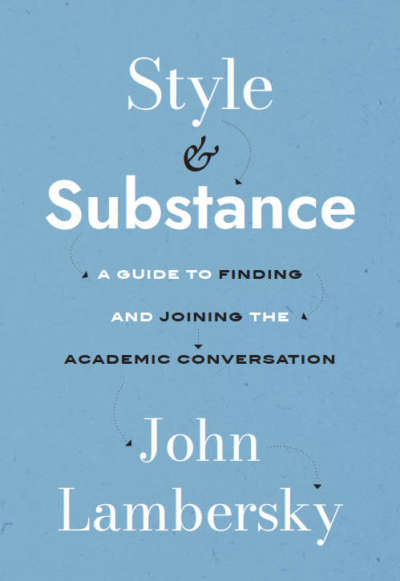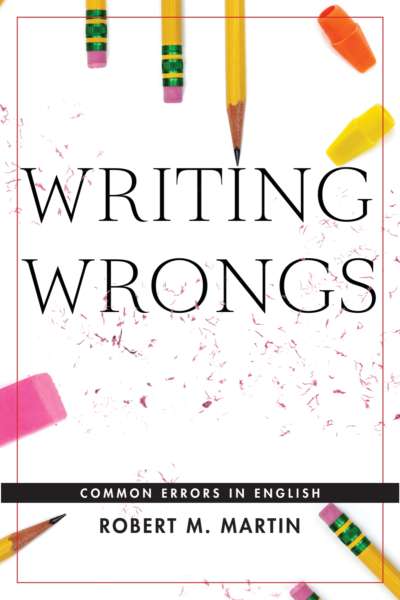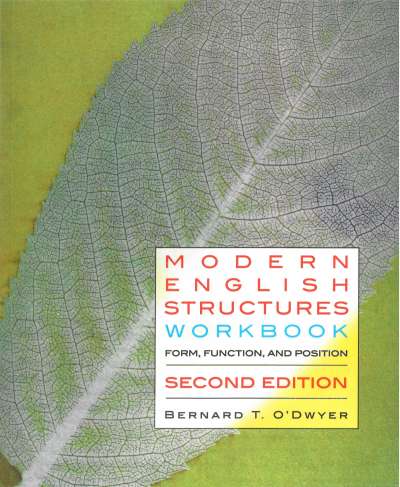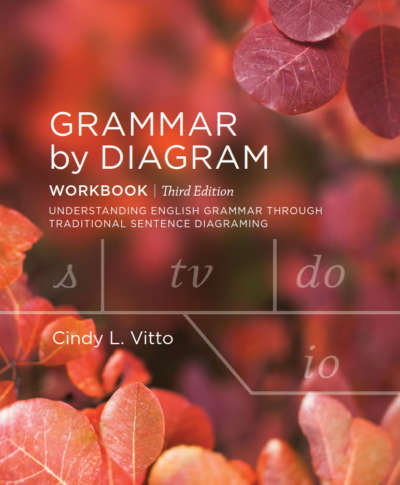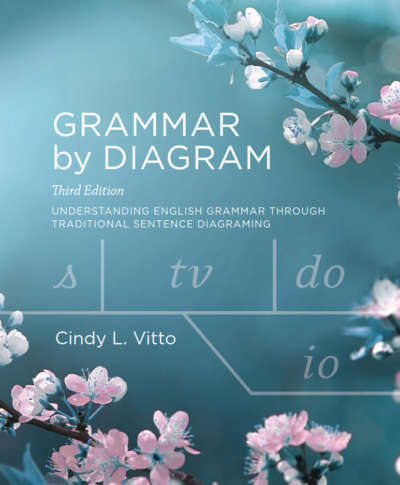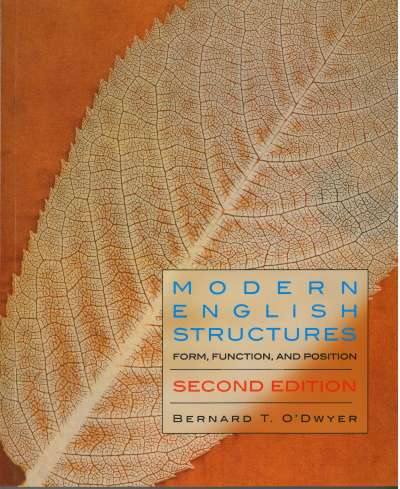This book approaches the structure of English from a form-function perspective that is both theoretical and practical. It asks learners to consider meaning, structure, and use, in contrast to many grammars that focus mainly on structure, sometimes to the exclusion of use and even meaning. The book presents an extended introduction to areas of grammar that many would see as indispensable, such as participial and infinitive phrases. The analysis is achieved largely through form-function tree diagramming and extends the basic structures to include finite and nonfinite predicates.
Comments
“Written in exceptionally clear prose and elucidated with modern-day examples based on the author’s expertise in the history of the English language and grammaticalization studies, A New Form-Function Grammar of English teaches students how form and function are inextricably linked in the analysis of language structure. This approach is a welcome one for educators who recognize the need for teaching both facets of grammar, and the design makes the textbook an ideal adoption for English, rhetoric, linguistics, language arts, and education programs that focus on the stylistic choices expected in the college classroom and beyond, as well as on the underpinnings of language structure more broadly. End-of-chapter exercises provide excellent opportunities for students to apply the content and build on the subject matter presented within and across chapters.” — Dawn Nordquist, University of New Mexico
“Students will find K. Aaron Smith’s A New Form-Function Grammar of English very comprehensive and comprehensible. The book progresses logically through the major aspects of English, and the form-function diagrams used throughout illustrate the topics clearly by providing a visual for how the parts of speech combine into the different constituents of a sentence. While presenting this highly technical material, Smith also discusses informal and spoken English usage and how it differs from prescriptive rules. I particularly appreciate his attention to traditional prescriptivism’s gatekeeping function and his discussion of how to rethink cultural norms to make language more inclusive and socially responsive. Students who read this book will become more informed and thoughtful scholars of English.” — Megan Hartman, University of Nebraska at Kearney

